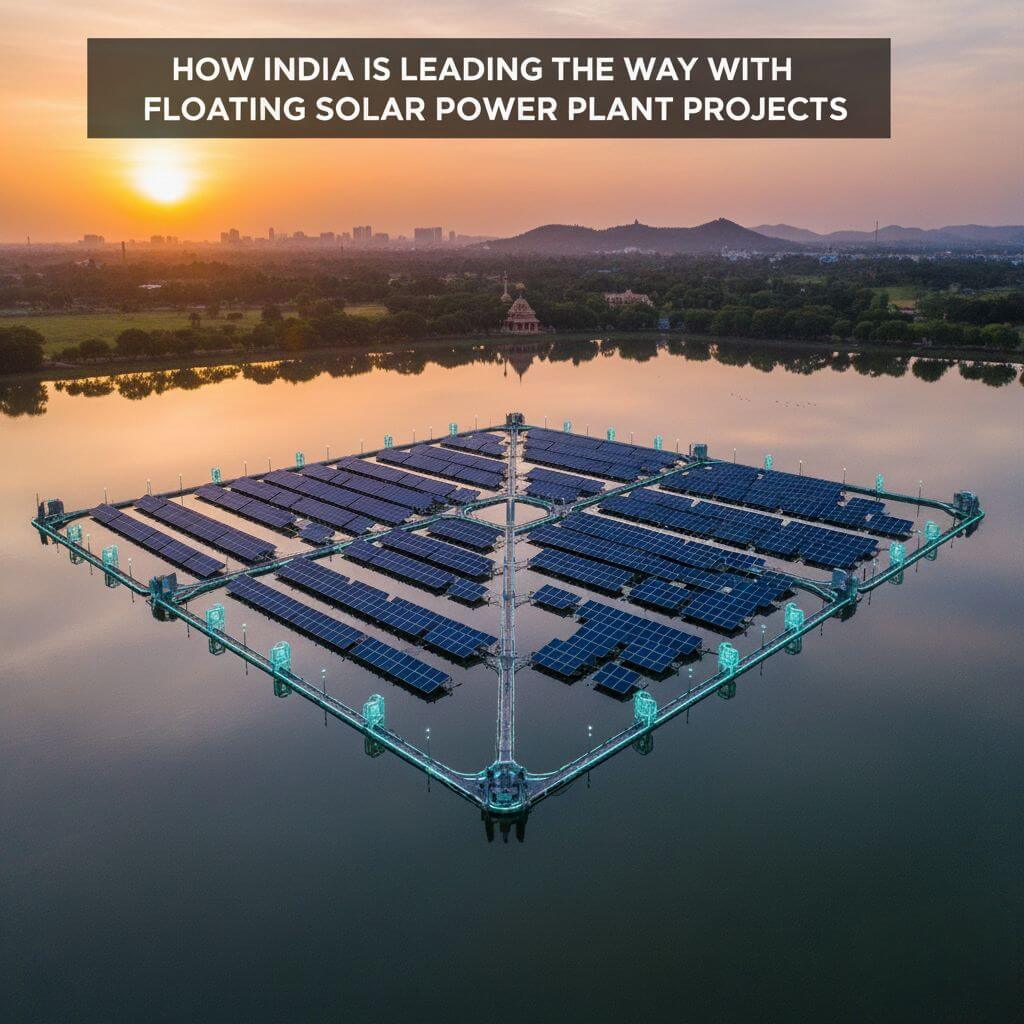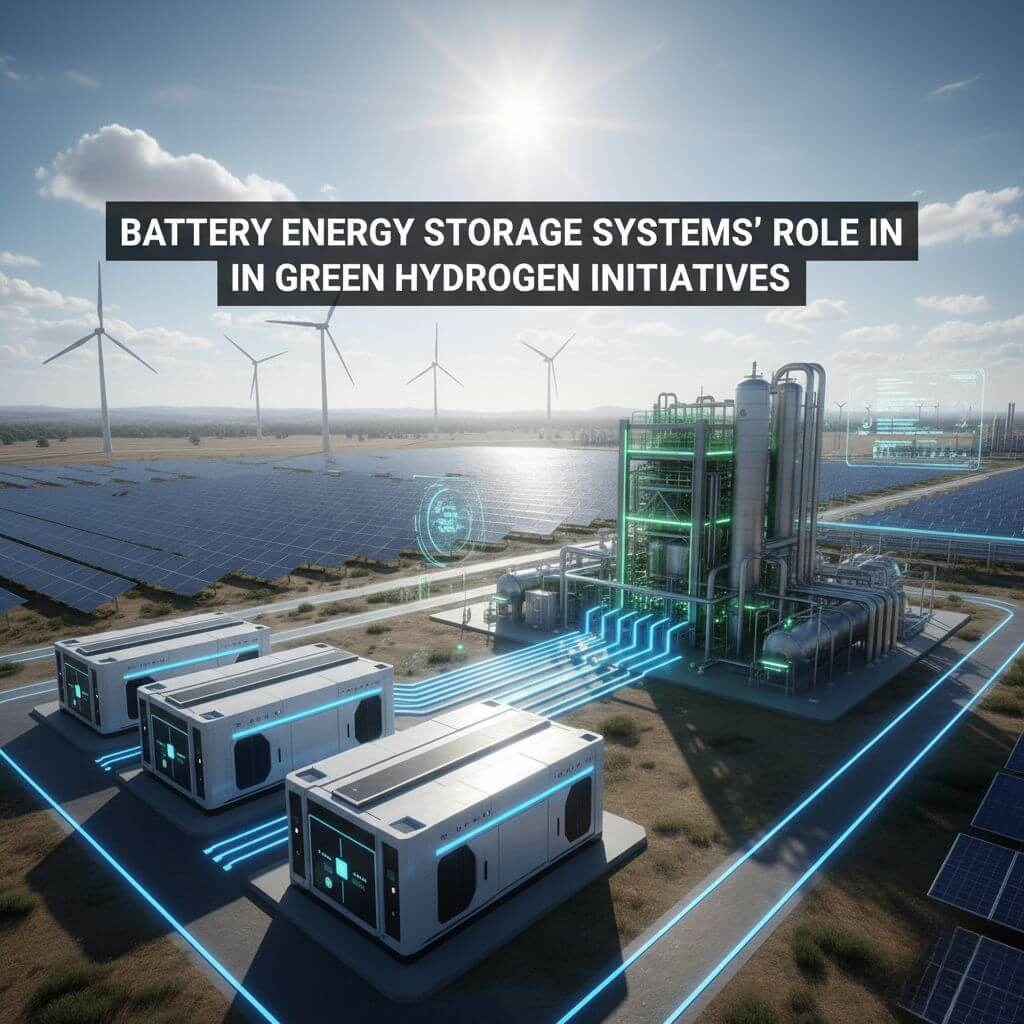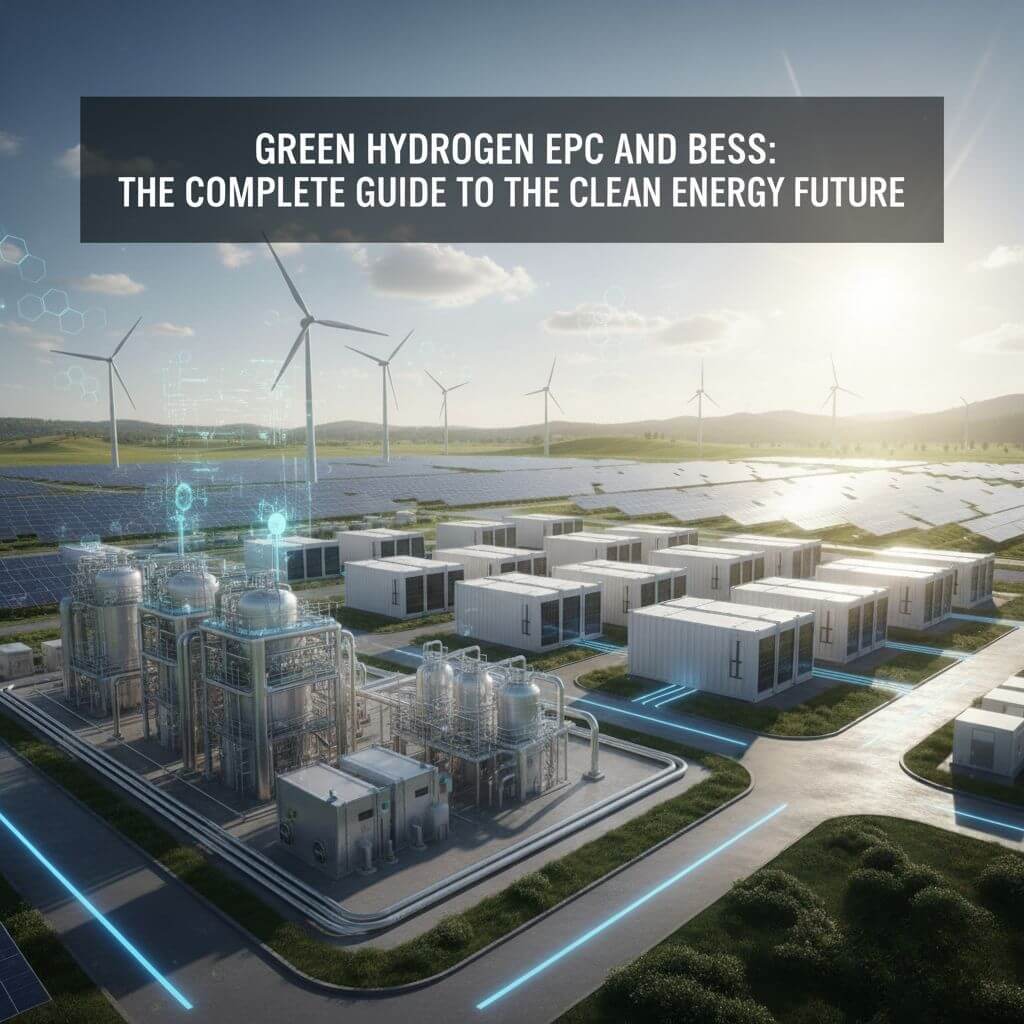Capex Vs Opex Solar: Difference, Benefits, Which is better
CAPEX vs OPEX Solar
Capex Vs Opex Solar: Difference, Benefits, Which is better
The solar energy sector has seen tremendous growth in recent years as more businesses and homeowners switch to solar to save on electricity costs and reduce their carbon footprint. When opting for solar, one of the biggest decisions is choosing between a Capital Expenditure (Capex) and Operating Expenditure (Opex) solar model. Both have their unique differences, advantages, and disadvantages that must be weighed carefully depending on specific needs and goals. This blog breaks down everything you need to know about Capex vs Opex solar to determine which option may be better suited for you.
Understanding the Capex Solar Model
A Capex solar model involves high upfront costs for the purchase and installation of the full solar power system. This includes solar panels, inverters, batteries, wiring, labor costs and any additional hardware needed to get the system up and running. The consumer owns all the equipment outright with no third party involvement or financing.
The main advantage of the Capex model is that since you own the entire solar system, you keep 100% of the electricity savings, tax credits, incentives and improved property value for having solar installed. After recovering your initial investment over time through monthly electricity savings, the rest of the 25+ year lifespan of solar panels provides free renewable energy and maximized financial benefits.
However, the sizable upfront investment can be prohibitive for consumers without access to sufficient capital. Capex solar often works better for larger commercial entities that can afford the steep initial expense in exchange for maximizing long term profits.
Explaining the Opex Solar Model
An Opex or “solar leasing” model involves no or very low upfront costs for having solar panels installed on your property. Instead, a third-party solar provider buys and owns the equipment, handles the installation, maintenance and insurance costs of the system.
As the consumer, you just pay a fixed monthly fee to essentially “lease” the solar equipment usually based on how much electricity it produces for your home or business. This fee is typically lower than what you’d normally pay your utility provider.
The main advantage of Opex solar is accessibility and affordability. By removing prohibitive upfront system costs, more homeowners and small businesses can implement solar. Additional financial incentives may include a lower or fixed monthly payment compared to grid electricity rates that fluctuate, and no maintenance or repair costs associated with solar equipment failures.
However, an Opex model also comes with some notable disadvantages. As you don’t own the solar system, you don’t qualify for the 26% solar tax credit or additional local incentives. The solar provider owns those financial benefits since they made the system investment. You also won’t see the improved property value. Perhaps most impactful is that once your typical 20-year solar lease ends, you have no ownership or continued access to the equipment and benefits of solar installed on your own property without negotiating an expensive second lease or buyout from the solar provider.
Key Differences Between Capex vs Opex Solar Models
There are a few key differences between a Capex and Opex model for implementing solar:
Upfront Costs:
Capex- High upfront investment, more effective for larger companies
Opex- Little to no upfront costs, more accessible to homeowners
System Ownership:
Capex- Consumer owns the solar system
Opex- Third-party financing company owns the system
Ongoing Costs:
Capex- You pay no monthly fees outside of maintenance
Opex- Monthly lease payments for use of the system
Financial Incentives:
Capex- Full tax credits and property value benefits
Opex – No access to financial incentives
Lifespan Access:
Capex – System lasts 25+ years to provide free electricity
Opex – Lose access after typical 20 year lease ends unless bought out
Which Solar Model is Best for You? Assessing Key Factors.
When weighing the Capex vs Opex decision for going solar, assessing a few key factors can help determine the right model based on your situation:
Available Capital – Do you have the funds to afford a solar system purchase and installation upfront or is the Opex model a better fit?
Electricity Usage Needs – Size requirements and offsets for a system to meet your electricity demands.
Goals & Priorities – What are you hoping to gain most from implementing solar? Environmental, financial savings, access to backup power, etc can help assess model benefits.
Timeframe – How quickly are you hoping to implement solar and realize benefits? Opex options can get you solar access faster.
Ownership Preferences – Is full ownership and lifetime access to a system on your property important?
Waaree: Your One-Stop Solar Solutions Provider
As one of India’s pioneering solar brands for more than 30 years spanning from manufacturing to installation, Waaree understands the ins and outs of both Capex and Opex models for delivering optimized solar energy solutions.
Whether assisting commercial clients in assessing and purchasing the appropriately sized high-performance solar system for their facility or providing an affordable leasing option to residential customers, Waaree delivers quality products and services that maximize savings while reducing your carbon footprint.
To determine if a Capex or Opex solar option may suit your unique needs, consult with one of Waaree’s solar experts. We can evaluate your current energy expenditures and usage, discuss financial goals and tailor a custom solar solution for your home or business.
Invest in a brighter, more sustainable future powered by solar from India’s leading brand. To get started on your solar journey, contact Waaree today.
Post a comment
You must be logged in to post a comment.





